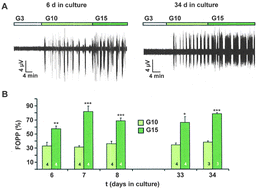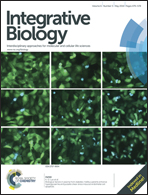Long-term culture and functionality of pancreatic islets monitored using microelectrode arrays
Abstract
Extracellular recording of the glucose-induced electrical activity of mouse islets of Langerhans on microelectrode arrays (MEAs) is an innovative and powerful tool to address beta-cell (patho-)physiology. In a dual approach we tested whether this technique can detect concentration-dependent drug effects as well as characterize alterations in beta-cell activity during prolonged culture. First we established conditions that allow long-term investigation of beta-cell function by recording electrical activity. The results provide the first measurements of beta-cell membrane potential oscillations of individual murine islets during long-term culture. Oscillations were recorded for up to 34 days after islet isolation. Importantly, the glucose dependence of electrical activity did not change over a period of one month. Thus we can follow electrophysiological changes of individual islets induced by alterations in the beta-cell environment over weeks. Second, we used the MEA technique to assay beta-cell damage induced by oxidative stress and to evaluate appropriate protection mechanisms. Oxidative stress plays a key role in the development of type 2 diabetes mellitus (T2DM). Examination of the acute effects of H2O2 on electrical activity showed that the oxidant reduced the electrical activity in a concentration-dependent manner. The superoxide dismutase mimetic, tempol, protected against the detrimental effects of H2O2. In conclusion, we demonstrated that MEA recordings can be used to address disease-related mechanisms and protective interventions in beta-cells. In the future, this fundamental work should enable the monitoring of the electrical activity of islets of Langerhans under controlled ex vivo conditions including long-term exposure to oxidative stress, glucolipotoxicity, and other diabetes-inducing agents.


 Please wait while we load your content...
Please wait while we load your content...